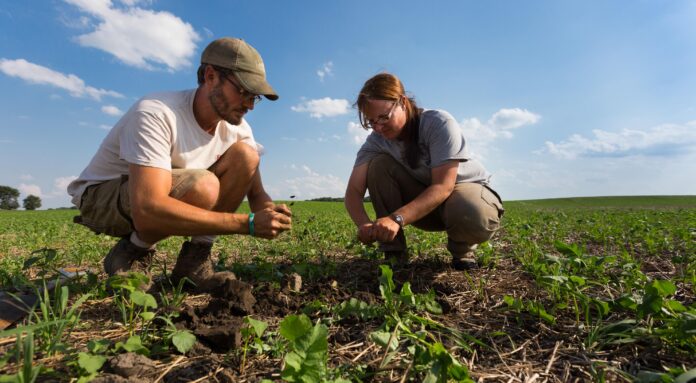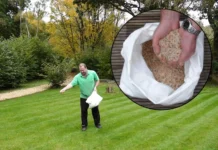Sustainability and eco-friendly methods make up a huge part of today’s agriculture. Producing food requires resources, but eco-friendly farming minimizes the environmental impact in general. The goal is to protect the soil and water resources, reduce greenhouse gas emissions, and promote healthy eating habits.
While some processes can’t really be sustainable, it’s important to embrace some eco-friendly practices in farming. Agriculture is one of the largest contributors to climate change, even though the goal is to produce food. The idea of sustainable farming is based on using biogas with machines, composting, protecting the good seeds, and approaching with knowledge – not with the idea of profit.
As a result, we protect the planet, ensuring that we provide a sustainable food source for the generations after us. But how do you do all of that?
Tips for Eco-Friendly Farming
If you don’t know where and how to start, we have a few great tips on eco-friendly farming. By following these tips, you’ll save the soil water sources and control the use of fertilizers.
So, here are a few tips:
Reduce Soil Tillage
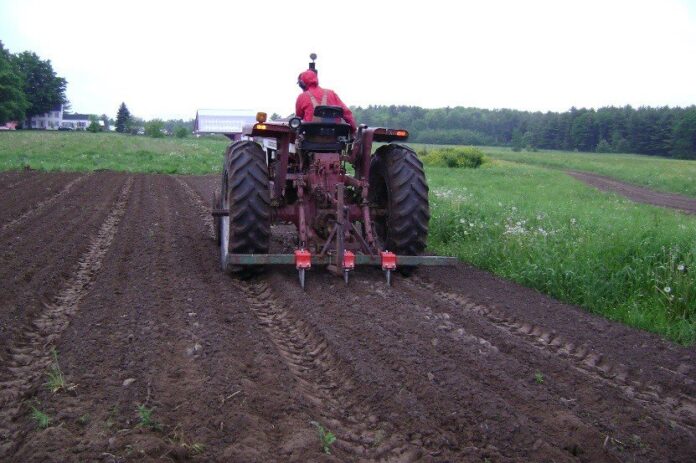
Tilling the soil releases gas full of carbon dioxide. Also, you can damage the soil’s structure this way, especially if you overdo it. Surely, you can’t really eliminate the tillage process, as you must prepare the soil for the crops. But you can reduce the use of machines, as well as digging too deep. This way, you protect both air and soil, lowering the environmental impact.
Crop Rotation
Different crops behave differently, so it’s important to rotate them every season. For example, carrots use specific minerals for the soil, while lettuce uses others. Next season, just switch the patches so the rest of the minerals can be used by the lettuce, while the carrots can use the others. This way, you reduce the use of fertilizers and improve soil fertility.
Use Cover Crops
Cover crops are the ones that look huge. They protect the soil, reduce erosion, and improve water infiltration. Sometimes, you need to let things be the natural way. You will be surprised how well the crops will turn out.
Use Natural Fertilizers
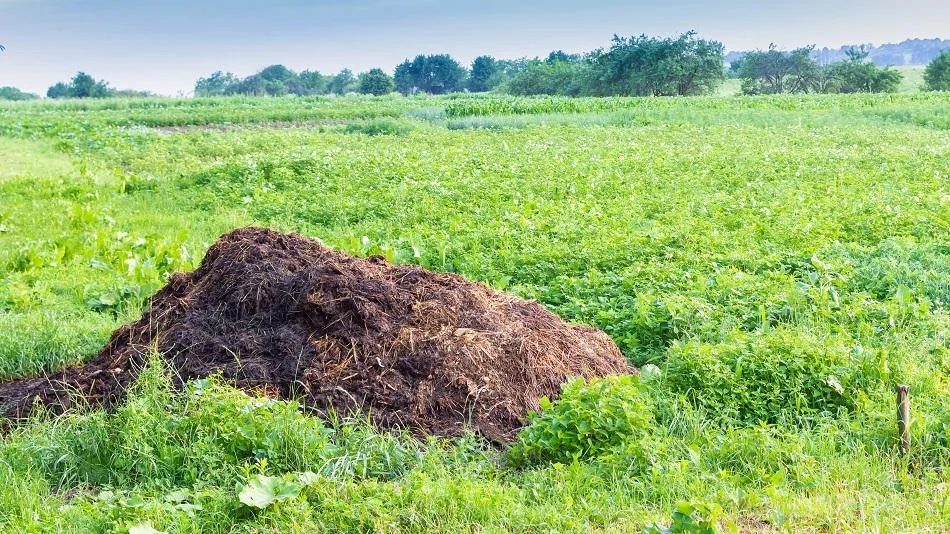
Natural fertilizers are much better, as they’re more sustainable and full of nutrients. Artificial fertilizers can surely stay in your farming army but try to reduce their use. More and more farmers decide to go for natural fertilizer and pest control, as they’re aware of the permanent damage the artificial chemicals can do to the soil and crops.
Protect the Water
Agriculture is a huge water consumer. It’s important not to waste water, as the sources on this planet are quite limited. Farmers can conserve water by using efficient irrigation systems and planting drought-tolerant crops. Sometimes, that means reusing water from rain or other natural sources, but don’t worry, crops “know” what to take in order to grow properly. You only need to be careful that the water is not contaminated with some harmful substances.
Support Pollinators
Bees and butterflies are important parts of agriculture. There are some other insects that promote natural pollination. Try to plant native plants and flowers near your crops so they can have enough food. Avoid using dangerous pesticides, as they may kill the pollinators, skipping the natural processes in agriculture.
Renewable Energy Sources
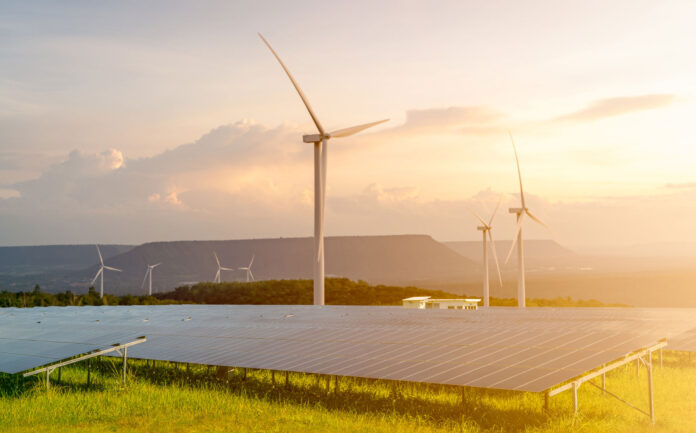
Solar and wind power reduce your farm’s carbon footprint. It’s good to consider using renewable sources of energy, making the whole process less demanding and more environmentally friendly.
Recycling and Composting
Many farmers compost agricultural waste so they can reuse it over and over again. Instead of throwing the damaged crops out, it’s great to use them to create a natural fertilizer. That way, you don’t treat the food like trash, and you surely can lower the overall carbon print from your farm.
Supporting Local Food Systems
Farmers can sell a significant portion of their products directly to the consumers. Also, they may buy or exchange goods with fellow farmers in order to keep the cycle running. That way, the expenses and impact of food transportation are lowered, resulting in environmental awareness and sustainable agriculture.
Can We Completely Move to Sustainable Farming
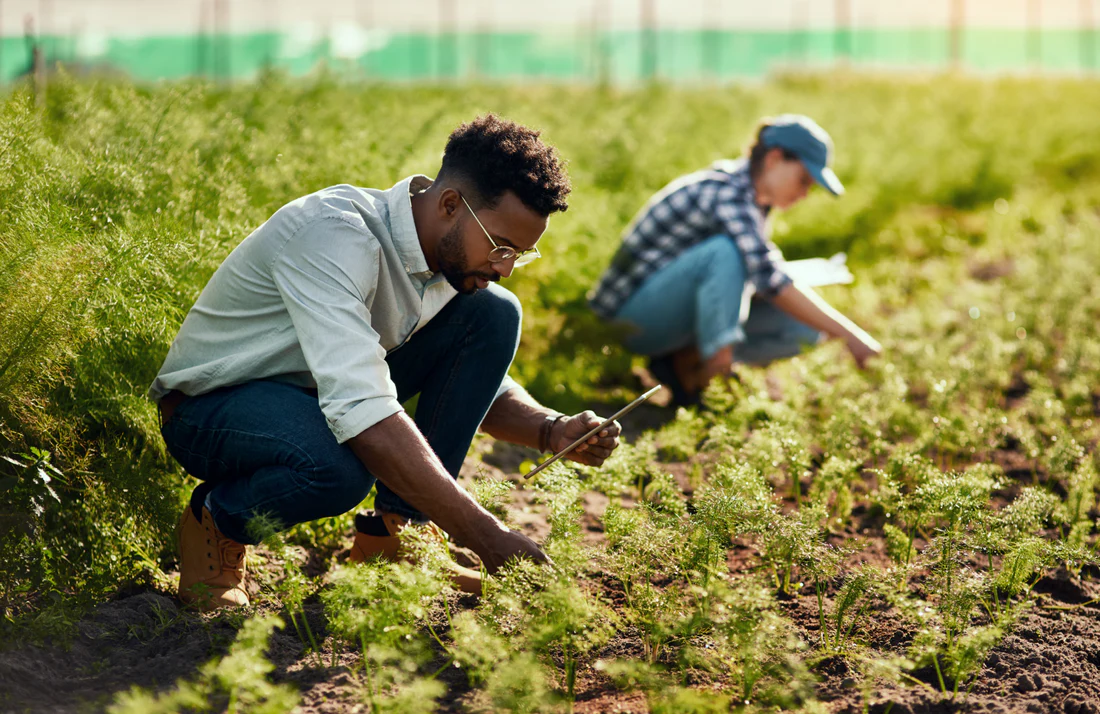
Moving to sustainable farming won’t be easy. In the past, people were used to farming with their bare hands, but the production capacities are pretty limited that way. As machines became a significant part of agriculture, the idea of eco-friendly farming stayed behind us.
Still, it’s possible to reduce the machine usage the lowest way possible. Also, the use of chemical fertilizers and pests must be controlled or completely replaced, as it affects both soil and water, as well as crop quality.
The best approach is to find the balance between the machines and eco-friendly methods in order to maximize the production while maintaining quality.
Benefits of Sustainable Farming
Farms largely affect our environment, even though they are the main source of food for the whole world. By finding the right balance, we can protect the water sources, avoiding water waste – which is a huge problem in general. Also, we protect the soil and crops, making sure every product we eat is taken care of properly during the production process.
Ultimately, we ensure we consume quality food with no risks to our health. That way, farmers can indeed focus on sustainable farming and eco-friendly agriculture, while the people eat quality food and stay healthy because of that.
Conclusion
If you are in agriculture, have a business, or simply enjoy producing food for yourself and people close to you, try to embrace as many sustainable methods as possible. Sometimes, it seems like a complex switch to do, but we are sure you’ll enjoy the exceptional food quality as a result.
And when it comes to sustainability – the more we are focused on it, the more benefits we receive. Maybe you can’t see them initially, but if you take small steps and remove the sufficient machines and fertilizers, you’ll immediately see the good sides of sustainability. In the end, it’s up to you to decide about the food quality and the example you set for the generations that come.
